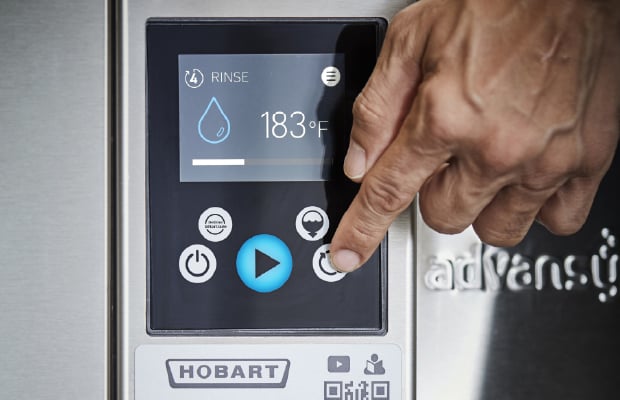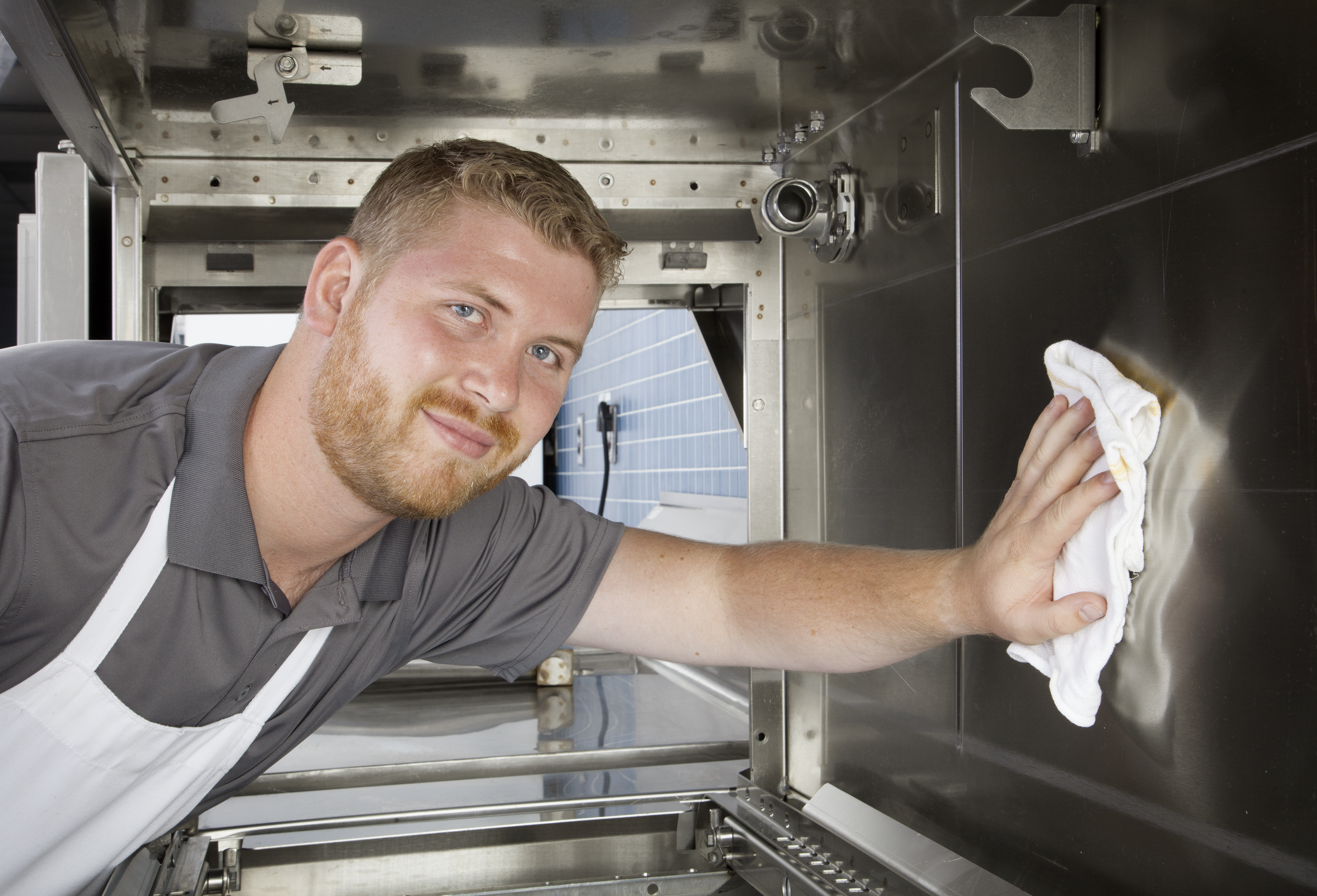There probably isn’t a more iconic bar in America than Cheers, where “everybody knows your name.” Each week Sam and Coach, and later Woody, brought their bar into living rooms across America and made us all laugh at the antics of their patrons and wait staff. The show might have hit the nail on the head when it comes to the camaraderie experienced at some of the best bars and restaurants, but it wasn’t a model for best practices in glassware. The bartenders were known to towel dry glasses while talking to their customers, and casually throw that towel over their shoulder. This action looks friendly in television and movies, but in reality, it’s one of many ways to compromise the cleanliness and sanitization of your glassware.
Using a towel to dry glasses can leave behind lint, which makes the glass look dirty when you serve a drink to a customer. It can also transmit bacteria and odors. Clean, sanitized glassware is an important element in any foodservice establishment. Whether you’re bringing water to a customer who’s reading the menu or pouring a beer while serving a burger and fries, your glassware makes an important first impression. Lint, spots, and cracks are highly visible in glassware and can immediately downgrade your customer’s perception of the cleanliness of your establishment.
Working to instill a few best practices in your operation can help keep your glassware clean, sanitized, spotless and free of cracks for many meals to come.
Avoid Shock
Glass is a fragile material, highly susceptible to breakage. It’s true that accidents happen, and it’s hard to prevent the occasional drop of a glass that ends up shattered all over the floor. But you can minimize the wear and tear on glassware and help them last longer for a better return on your investment. Glass itself is vulnerable to two kinds of shock -- manual and thermal.
- Manual shock happens when glassware comes in direct contact with other objects, such as utensils, dishware or other glasses. The contact weakens the glass and makes it more susceptible to cracks and ultimately breaks. Stop glasses from clinking together by using the proper racks for busing, washing and storage.
- Thermal shock occurs from the ability of glass to maintain temperatures, which means a rapid change in temperature can cause a shock to the glass, leading to scratches and cracks that makes it easier to break. Never put ice or pour cold liquid into a hot glass, and never put a glass that just held ice straight into a dishwasher for cleaning. It’s best to make sure a glass has come to room temperature before pouring beverages. Beer glasses should be stored in a chiller (not a freezer).
Use your Commercial Dishwasher Properly
Dishmachines offer labor savings and efficiency in any establishment, and with proper use, you’ll have spotless glasses coming out every time.
- Make sure you’re using the appropriate racks to load glasses, whether you’re using a dedicated glasswasher, a standard undercounter or other dishmachine. The right racks help prevent glasses from bumping against each other while washing. Some dishmachines, such as the Hobart LXGn Advansys™ glasswashers, also have a soft start feature to minimize contact.
- Use the appropriate amount of sanitizer and detergent specified for your machine. Too much can leave an unwanted residue or film that affects the taste of the beverage and reduces the head in beer. Too little and the glasses may not get properly cleaned and sanitized. An alert on the Centerline CUH undercounter dishwasher, for example, lets users know when sanitizer and detergent levels are too low.
- Keep the interior of the dishwasher clean and well maintained, including removing wash and rinse arms for cleaning on a regular basis. This keeps them clear of debris to allow for the appropriate flow of water during each cycle.
Don’t Rush the Drying Process
Glassware should be completely dry and at serving temperature before being put into service. Avoid using towels to rush the process or you’ll risk contaminating the glass and leaving lint behind. Also, dishmachines such as the Centerline CUH and the Hobart LXGnR Advansys™ series feature a 180-degree sanitizing rinse, where the high heat helps speed up the drying process.
With proper handling, cleaning and storage, you’ll have glasses that not only make a great first impression but also last a long time, protecting your investment. Contact your dealer to learn more about how Hobart and Centerline commercial dishwashers can benefit your glassware and create a first-class customer experience.





.png)


%20proc%20%20(1).jpg)


